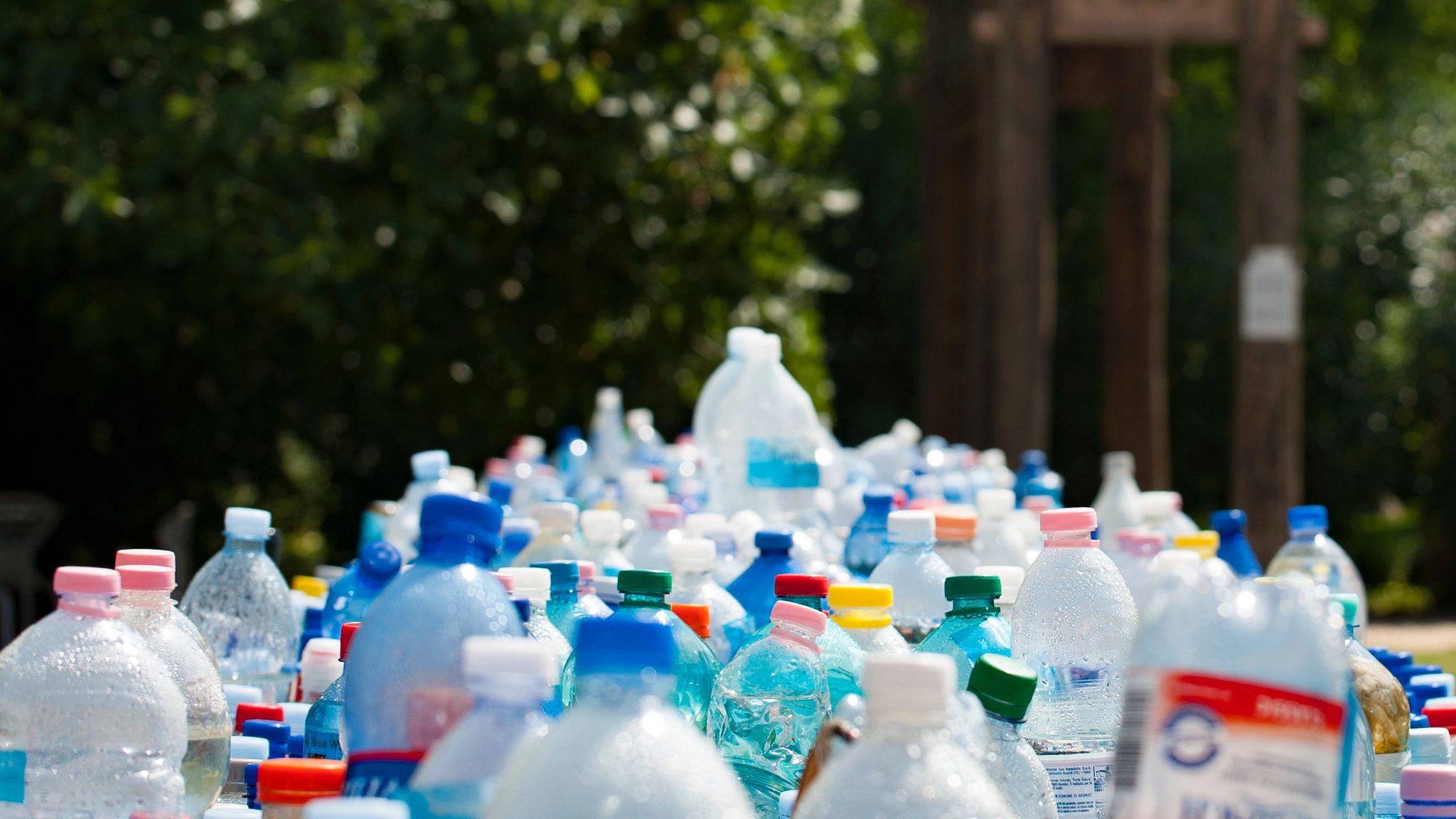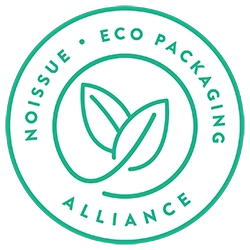Ideas for reusing disposable plastic items

Single-use plastic items should be thrown away after a single use, that’s true, but should isn’t the same as must. Single-use plastics can be reused safely in your household, and many people are doing it! Plastic containers are durable and waterproof, which makes them very useful at home. Flewid Friendly sells edible, non-flavored straws, and we’re here with some of the best ways to reuse disposable plastic. You might be surprised by how simple most of these are!
1.Plant pot
You can grow plants in just about anything. If the container has a wide mouth or you can cut it to create a wide mouth, you can fill it with soil, poke some drainage holes in the bottom, and grow houseplants in it. If the container doesn’t have a wide mouth, you can still use it to grow plants – but in water! These don’t need drainage holes. Some examples of plants that do well in water include pothos and wandering jew.
2.Miscellaneous storage
Plastic containers – especially jars – can be reused if they’re nice and sturdy. You might want to avoid using them for storing edible materials, but as long as they’re fairly sturdy and don’t have any cracks or tears, they can be used safely for a few years. If you buy a lot of one item (say, mayo or peanut butter), you can wash clean the jars and reuse them to store similar items. It’ll be as aesthetic as Tupperware, while being a lot more eco-friendly!
3.Pen stand
If you have wide-mouth plastic jars, they can be used as a pen stand, or for makeup brushes, art supplies, toothbrushes…you name it. Wash (or scrape) off the label, paint it if you’d prefer, and voila! Most of us don’t use pens much anymore, but you can keep anything that’s vaguely pen-like in them. You can also use one of these to store our non-flavored straws in, so they’re easily available when you need them. You don’t want to go looking for the packet each time!
4.Plant cloche
If you drink a lot of soda or buy bottled water, you can reuse the tops for protecting your plants. Cut the first couple inches off, and you can bury this in a centimeter of soil to protect young seedlings from frost. Being plastic, it acts like a mini greenhouse. It’ll also keep your seedlings safe from battering rain, hail and wind. Leave the cap open for ventilation, or poke a few holes near the top using a hot knife.
5.Cup
After you’ve used the top half of a bottle as a plant protector, you can use the bottom half as a makeshift cup. If you want to carry some birdseed to your feeders or fertilizer to your garden, you’ve got the perfect repurposed cup! Use a hot knife to melt the edges a bit so you don’t cut yourself. You can also use it to store little things in, as a tool stand, or for keeping cuttings moist while you get the planting medium ready.
6.Bird feeder/waterer
Most flat container lids are perfect as simple bird feeders. Instead of scattering birdseed on the ground, put them on a little lid, or inside a shallow container. Less seeds will go to waste, and the birds will have to hunt around less. Once your local birds have gotten used to the container or lid, you can move it to an outdoor table or windowsill, and they’ll spot it and come right to it. You can put out water in a shallow container, and birds will be able to take a drink and a bath when they’d like to.
7.Bin liners
You can reuse small plastic bags to line garbage bins in your home. If you don’t have a garbage bin that’s small enough, just use a container you don’t have any more use for – say, a medium-size container that’s cracked on one side, or which has a missing lid. Tie the bag up with string once it’s full, and this way you’ll get a second use out of plastic bags.
8.Watering system
Tomatoes are some of the more water-demanding plants. If they don’t get consistent moisture, the fruit can crack and become unusable. So, poke some holes into the bottom of a plastic bottle, and bury it beside a tomato seedling – you want it buried right up to the neck. Now, instead of watering above-ground, you can simply fill the bottle up and re-cap it. The plant will draw the moisture as needed, and its roots will go down deep.
9.Reusing plastic bags
A lot of places are banning plastic bags outright, but if your state or county hasn’t done it yet, you can reuse the bags that you end up getting as…well, bags. Unless they’re sodden or dirty, there’s absolutely no problem in reusing them to carry things around. They’re waterproof, they’re strong enough, and they’re the perfect size for most everyday items. Carry your own to the grocery store or farmer’s market.
10.Flower vase
You can make cute little flowers out of grocery bags, and you can use pill bottles, cocoa containers, or anything else as a vase. In fact, you can use it as a vase for real flowers cut from your garden! Just put in some water, play around with the flowers till they look nice, and you’ve got it! Try getting some things that drape over the edge, to try and hide the ‘vase’ a little bit. If it’s a pretty bottle (like a lotion bottle), you needn’t worry about that.
These were some ways to reuse what we think of as disposable plastics. However, there are many other ways to repurpose disposable plastic! Organizing, art, for feeding wildlife, storage, growing plants or herbs, and so much more. You can grow wheatgrass in practically anything, and the juice is great for you! Of course, don’t forget the other two Rs – buy our non-flavored straws and reduce your usage of plastic straws.
The other Rs – Reduce, and Recycle
The three Rs are so powerful because of their potential when combined. You can’t just reduce or reuse your way to becoming plastic-free, but when you start to reduce, reuse and recycle your plastic, that’s when the magic happens. So, let’s talk about the other two Rs of plastic usage, and how best to make use of them.
Reduce your consumption
The first R stands for ‘reduce’, and what it means is that you should reduce the amount of plastic you use. Whether it’s in the form of toilet paper wrapping, salad bags, yogurt cups or plastic bottles – reduce your consumption wherever possible, instead using reusable or eco-friendly items.
Instead of using plastic straws, for instance, you can drink your soda straight from the bottle (without a straw), or you can get one of our edible, non-flavored straws. You can also get reusable straws made out of metal, glass or bamboo. Disposable plastic bottles can be replaced with reusable bottles and tap water. Plastic soda bottles can be replaced with cans. You can avoid a lot of plastic wrapping by buying from brands that don’t use plastic.
Recycle plastic
Recycling plastic is simple. You need to find out what types of plastic your county recycles (most county websites will state examples), and then when you’re done using a bottle or container that’s recyclable, just wash and dry it, and put it into the recycling bin.
What happens to your recyclables? What if your county doesn’t recycle plastic? We’ll cover recycling in more detail in a later blog, where we’ll answer all your questions on the subject. For now, just make sure you find out what’s recyclable, and do your part in trying to recycle it. Don’t be overzealous and put in items that aren’t specified as recyclable! That creates more work for the folks at your recycling facility.
Plant a tree each time you buy our non-flavored straws
Flewid Friendly is an environmentally-friendly company, with everything from our company policies to our product packaging being eco-friendly. As for our product, as you’ve read already, they are edible, non-flavored straws that can be used as noodles.
We like to call them ‘pasta straws’, because they’re pasta-like and can be used thus. However, unlike pasta they last way longer in hot drinks – long enough to let you enjoy the drink before the straw gets soggy. And when it does get soggy, you can just eat it, toss it into your next meal after a quick wash, give it to your pet (dog, cat, bunny or bird), or compost it. So many options – all of them eco-friendly! You can buy our straws right here.
Now, with every product you buy, a tree will be planted. We decided to partner with Seed The Change so we could turn our goals into reality. Deforestation is occurring at an alarming rate, and it is the leading cause of both climate change and habitat destruction, causing species extinction. We can’t lose our beautiful wildlife. So, each product that you buy plants a tree. We’re planting the seeds for a greener, more sustainable future – come join us!

